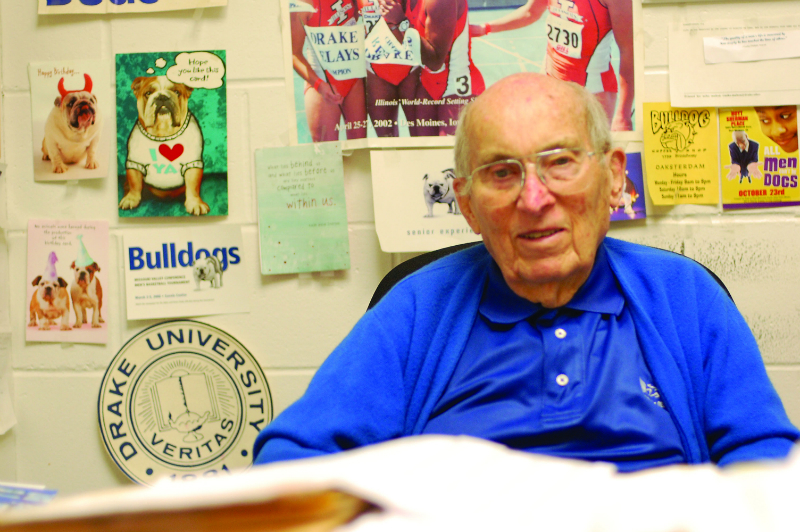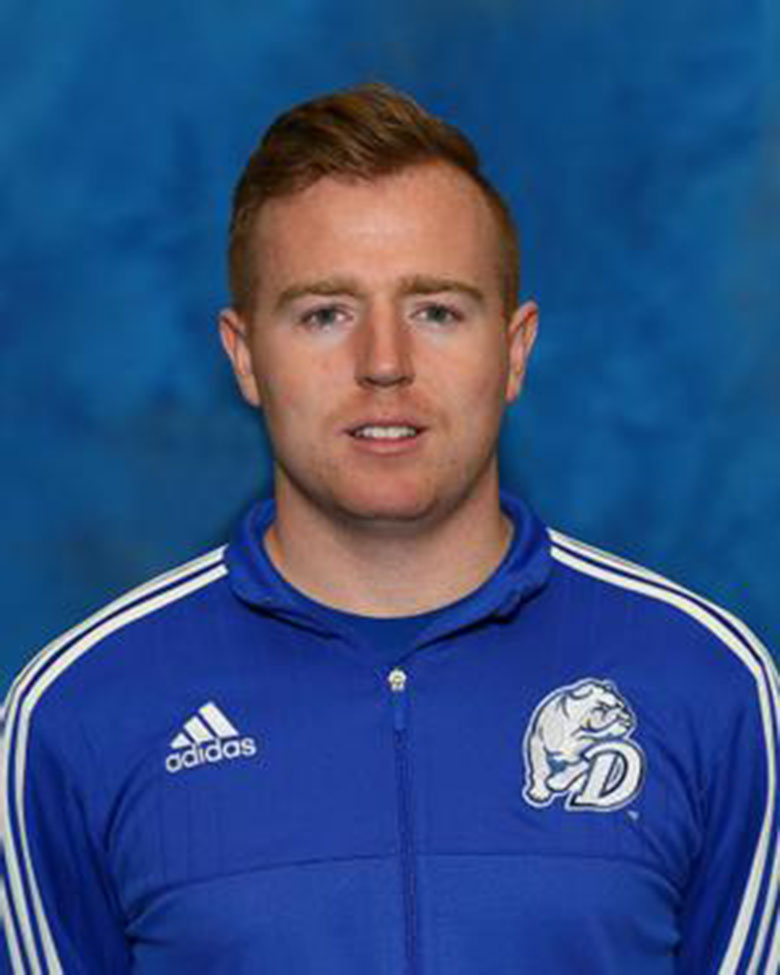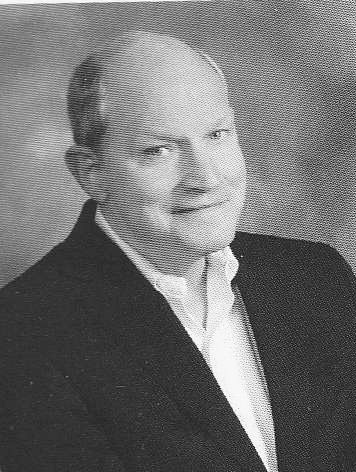Mr. Drake remains key figure on campus

Photo by Megan Bannister, staff photographer
At his best count, Drake University Historian Paul Morrison has attended 678 Drake football games.
Beginning in 1935 when Morrison, who is fondly known as “Mr. Drake,” was a freshman at the university, he began attending football games, and since the team’s 1946 season, Morrison notes that he has missed “very few” of the Bulldogs’ games.
Though last summer, when the team traveled to Arusha, Tanzania, to play Africa’s first American-style football game in the Global Kilimanjaro Bowl, Morrison stayed behind.
“I really reluctantly decided that it would be best in the long run not to go to Africa,” said Morrison, who is almost 95 years old.
But thanks to the efforts of Athletic Director Sandy Hatfield Clubb, the team’s most loyal fan was not forgotten.
“Sandy, the (athletic director), took a bunch of pictures when she was on that trip, and she had a picture of me, so every time they took a picture of her, she held up this picture of me like I was on the trip, too, which was really unique,” Morrison said.
Morrison’s long-running relationship with Drake is even more unique.
“I was just thinking the other day that I’ve been retired as long as a lot of people work, but I look forward to coming to work here every day,” said Morrison, who formally retired in 1986.
Morrison has been working at Drake in some capacity since 1945 when he became the first full-time director of the university’s news bureau. Morrison’s parents were both Bulldogs also.
“There’s a lot of so-called ‘blue blood’ in my system,” Morrison said.
The third of five children, Morrison was the first of his siblings to attend Drake. Since his undergraduate years, though, the number of Drake graduates in his family has grown to 14, the most recent being Morrison’s granddaughter.
One of the program’s most devoted fans, Morrison has traveled to “all four corners of the United States” with members of Drake’s football and basketball teams, and he continues to volunteer his time daily as the university’s on-site historian.
“I don’t know what I’d do if I didn’t come to work every day,” Morrison said.
Morrison admits the career path and connection were unplanned.
“It was one of those happenstance things,” Morrison said.
During his freshman year, as part of his financial aid agreement with the university, Morrison acted as the circulation manager for The Times-Delphic, sending out mailings and delivering papers across campus.
“I really thought when I came to Drake that I might go into medicine and be a doctor, but I just fell in love with the journalism area,” Morrison said. “I’ve been stuck ever since, one way or the other.”
In much the same way, Morrison’s life is also intrinsically tied to the Drake athletic department.
“I was never an athlete, but I liked following athletics and the teams,” Morrison said. “I was actually the sports editor of the [Times] Delphic and the Quax when I was a student, and it’s just been in my blood ever since.”
More than anything, Morrison has experienced some of the university’s proudest moments: the track team’s sweep of the Drake Relays’ three most important races in 1951 and in 1969, the basketball team’s historic competition against UCLA in the Final Four. He has witnessed physical changes and expansion in the university as well as demographic shifts, such as Drake’s ever-increasing population of females.
During his time at Drake, Morrison fell in love with a career, a team and also with his wife, Pauline, who worked in the office of the university’s dean of students.
But when asked what spending 71 years as a Bulldog has meant to him, Morrison’s response is simple.
“Drake’s my life,” Morrison said.




